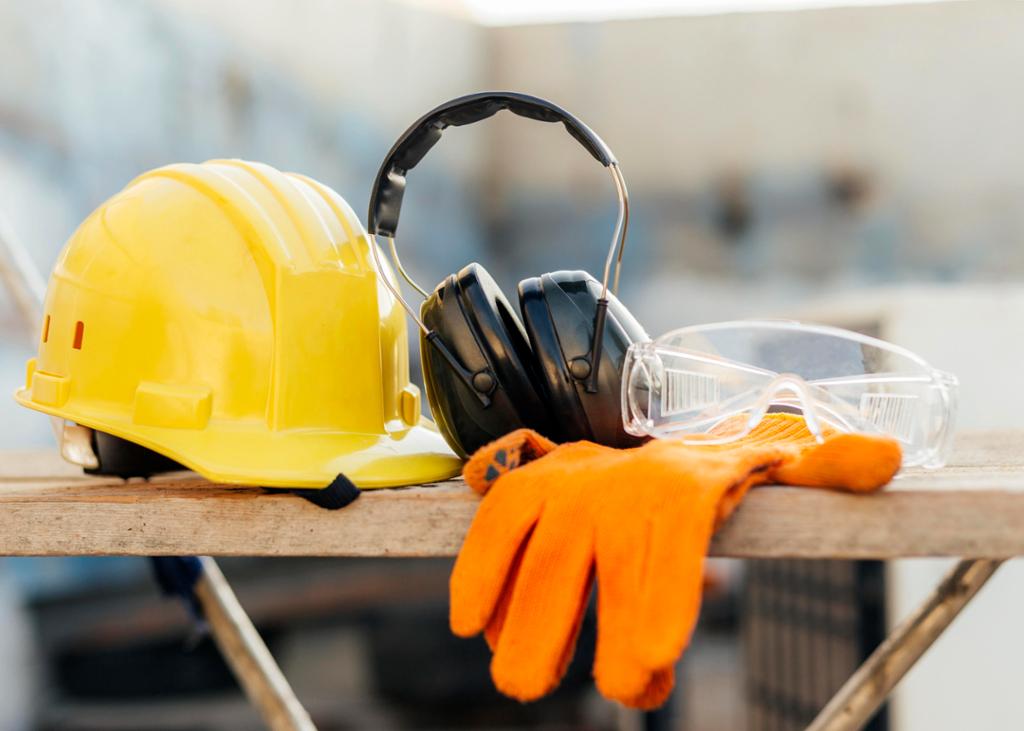Eksempeltekst: langsvar (YF)

Health, Safety, and Environment (HSE) is an expression you have become familiar with in your vocational studies at school. Write a text where you explain what we mean by HSE and why it is important.
Around two million people die at work each year. This shocking statistic, found in the textbook Skills, tells us that Health, Safety and Environment (HSE) in the workplace is very important. By having good HSE routines, it is possible to prevent accidents and keep people safe at work. In this text, I will use my experiences from my vocational studies, especially my work placement period at the local electrometallurgical plant, to say something about why HSE is important.
My teachers have taught me that all jobs involve risks. If you work in healthcare, you must do a lot of heavy lifting, which can hurt your back. If you work in an office, you must spend a lot of time sitting at a desk, which can hurt your back. Working as a carpenter, you spend a lot of time on building sites where you may fall from high places, or things may fall on you from high places. Suffice it to say: work can be hazardous. I would also say that if you work in industrial professions, you encounter even more dangers than in most jobs.
I spent most of my work placement week in the foundry. The process that takes place there is smelting metal, which is very hot. A lot of chemicals were also used. In addition, the plant was in the process of expanding, so a lot of people were there who would not normally be there. If the routines were not good enough, accidents could easily happen. Luckily, I had a very competent supervisor, called Haldor, who helped me stay safe.
When you work under dangerous conditions, protective equipment is important. The first thing that happened when I came through the gates of the plant was that we were issued the necessary safety gear. We had to wear hard hats, goggles, gloves, overalls (these were very cool with the company logo on them), and safety shoes. Nobody was allowed to go anywhere without a hard hat. They told us the Queen visited the plant once, and they had made a special gold-painted one for her, – but she had to wear one. Wearing protective clothes will protect you if anything goes wrong. If you are wearing the correct clothes, the consequences of an accident may not be so serious.
Furthermore, you need proper training. Since I was there as part of a work placement period, I was not fully trained, and there were lots of tasks I could not take part in. I was allowed to observe all the processes, and my supervisor let me take part in everything that was safe to do. They use a lot of dangerous materials and a lot of very expensive machinery, and they have a lot of processes that must go exactly right to make metal that is as good as possible. You don’t want some amateur dropping a spanner in the works – neither literally nor figuratively. It is the employers’ responsibility to make sure that anyone working is qualified to do the job. On-the-job training is important because we can learn a lot in school, but schools do not have access to all the technology that we will be using.
Learning the relevant safety routines and studying all the different symbols that appear on warning signs is important. All workplaces must have an HSE representative, but it is every worker's responsibility to learn and follow the established routines and regulations. I met the HSE representative on the first day. She gave us an introduction to the most important things we needed to be aware of. She also told us that it was every worker’s responsibility to say something if they observed something that seemed strange, dangerous, or off in some way. That included us: we should not be afraid to speak up, she said. Keeping everyone safe is everyone’s business.
I think it is obvious why HSE is so important: it saves people’s health, and it saves their lives. All workplaces have their challenges when it comes to HSE, and HSE only works as intended if all workers are committed to participating in the HSE work. I certainly am; the life I save may be my own.
Source
Lokøy, G., Hellesøy, S., Langseth, J. & Lundgren, H. (2020). Skills. Gyldendal.